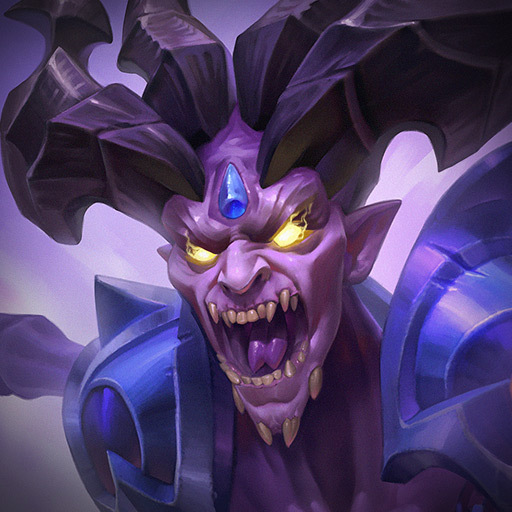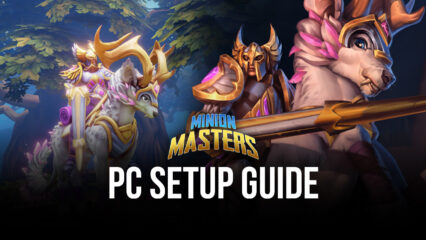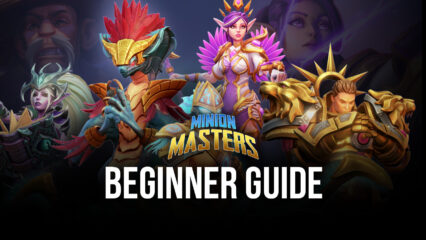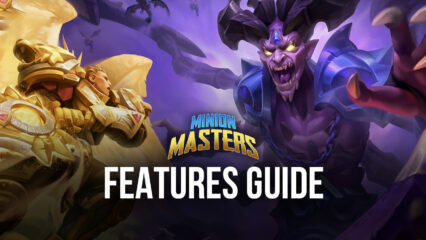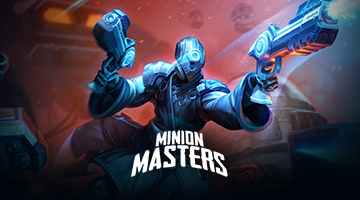Minion Masters Basic Deck Building Guide and Tips
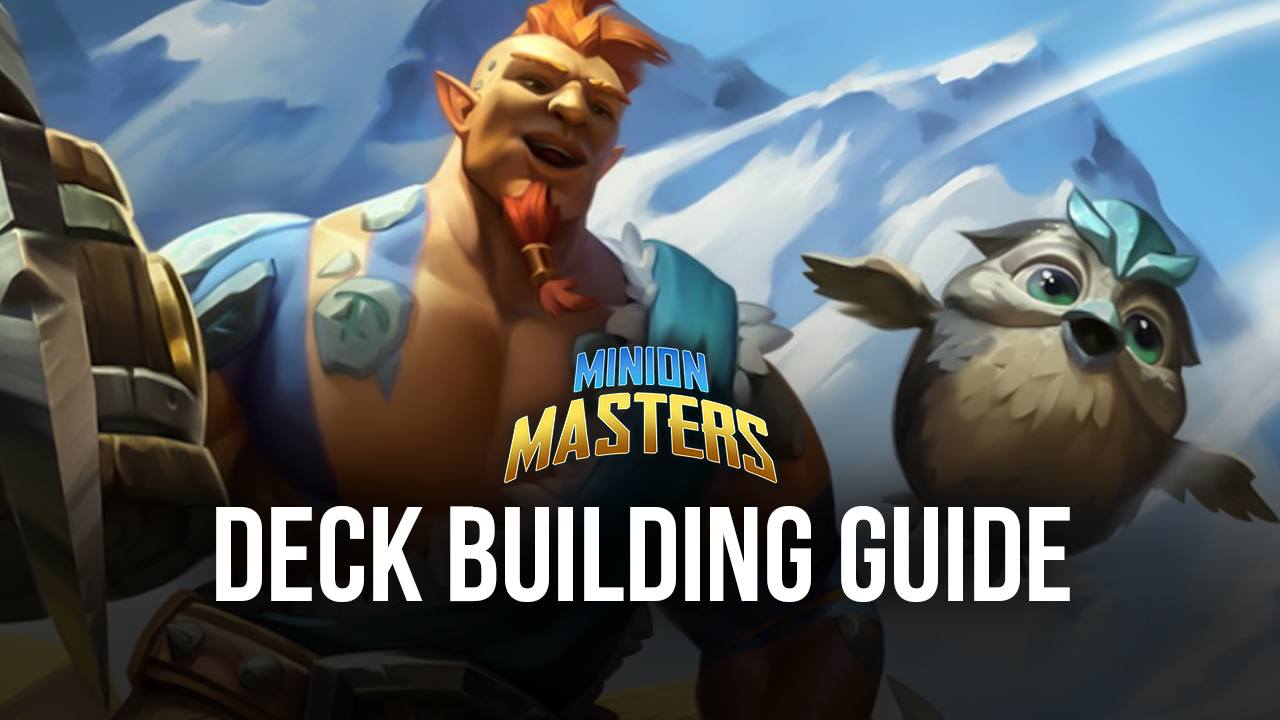
Building decks is one of the most entertaining aspects, at least for us, when it comes to collectible card games, and Minion Masters is no exception. And now that this fantastic strategy card game has finally been released on mobile and more people can download and install it on their phones, we can safely say that the community will grow in tandem. This is great for the longevity of the title, though it also means that there will inevitably be an influx of newcomers that, especially if they’re new to CCGs, won’t know what they’re doing.
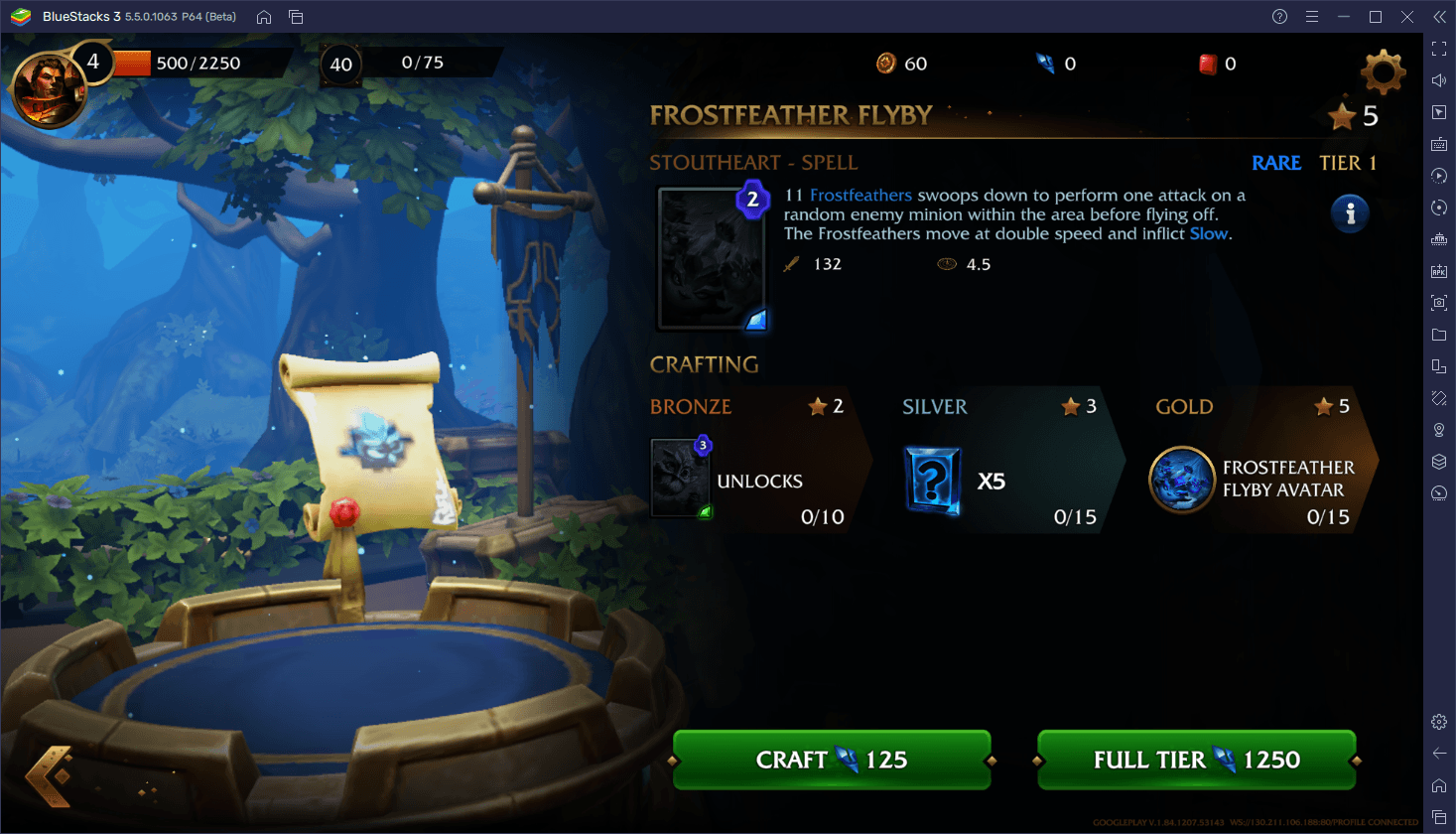
It can be quite frustrating jumping into a new card game without actually knowing what to do, and more than a few of you will probably quit before too long because of it. This is why we’ve decided to prepare this guide, in hopes of teaching you the basics ins and outs about building decks in Minion Masters, including the general considerations, as well as a few tips and tricks. By creating effective and balanced decks, you’ll have a much better chance of actually winning matches, especially once you start going up against other players who have a generalized idea of what they’re doing.
Experiment With Multiple Decks on BlueStacks
Before we hop into the deck building basics, however, we wanted to make a quick addendum here to mention that, by playing Minion Masters on PC with BlueStacks, you’ll not only get to enjoy this game on your large PC monitor and with mouse and keyboard support, like with the Steam version, but you’ll also get access to a variety of tools to enhance your experience.
One of these tools is the Instance Manager, a BlueStacks feature that lets you create multiple instances of the Android app player, in order to play multiple mobile games at the same time while keeping all of them on one screen, or to access the same game on many different accounts simultaneously. In practice, what this means for a game like Minion Masters is that you can easily manage multiple accounts, and therefore have more freedom to experiment with different decks and builds. Particularly since obtaining new cards can be a hassle due to the RNG system, you’ll have a higher chance of diversifying your strategies by playing on different accounts. And after you find a good setup or build on one of your accounts, you can choose to abandon the others, or keep playing all of them in order to add some variety to your gameplay.
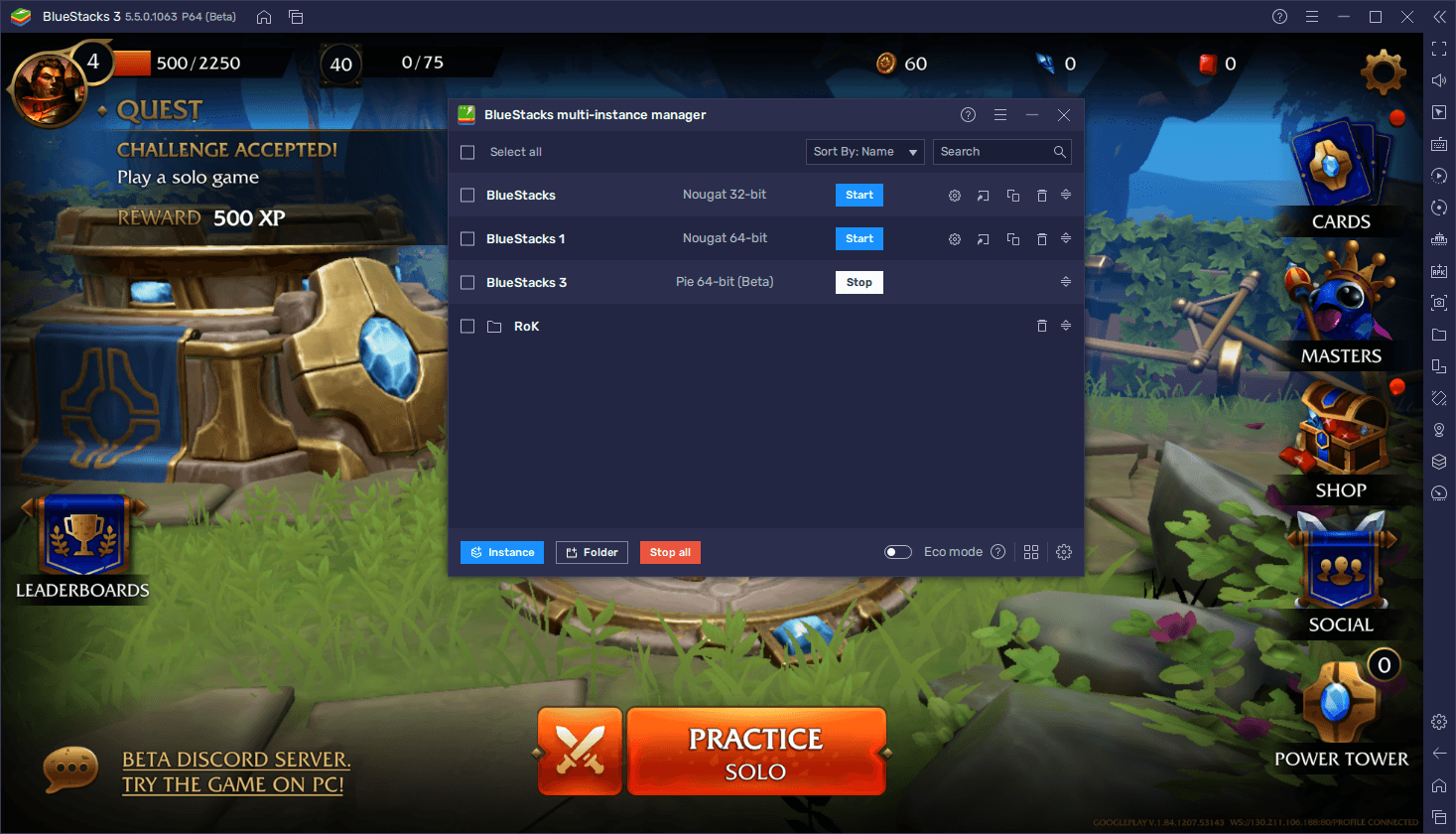
Of course, all of this is rendered moot by the time you’ve progressed significantly into the game and actually manage to unlock a large variety of cards on one of your accounts, but it still gives you the means to experiment with different decks early on. To this end, feel free to check out our BlueStacks setup guide for Minion Masters to learn how to install the mobile version of this game on PC, in just a few simple steps. Afterward, we recommend also reading our BlueStacks usage guide for Minion Masters to discover how to configure and use our tools for this game.
Deck Building Basics
Getting the cards you want is one thing, but actually putting them together into good and balanced decks is a completely different matter. In fact, some decks don’t even need to be balanced, as there are strategies that can lean towards a certain aspect over others, with the huge caveat that they can be utterly countered and rendered useless by a proficient adversary. Nevertheless, we always want to keep a good balance as a general rule, since this will allow us to effectively stand a chance against most players.
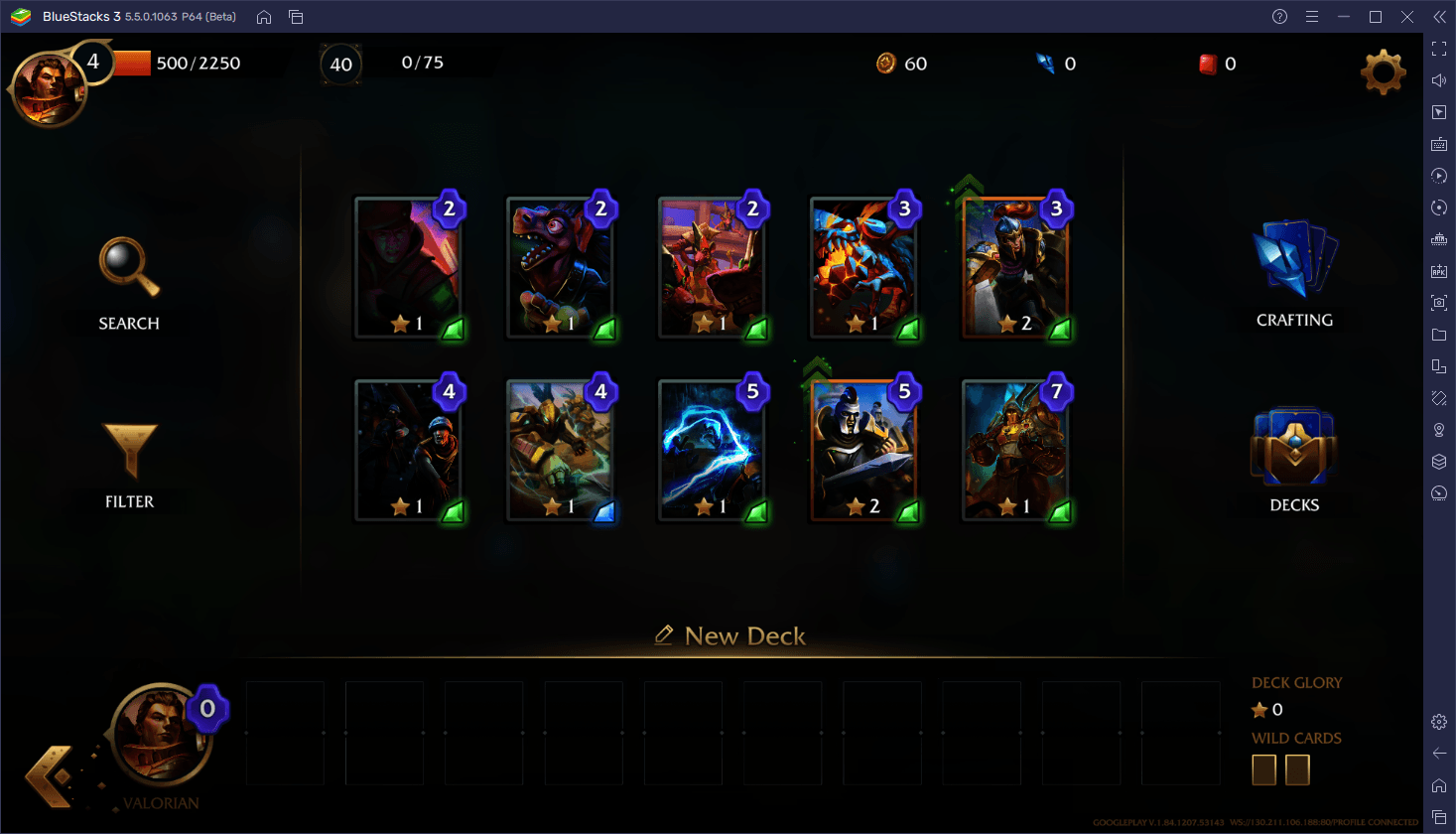
There are a few basic considerations to keep in mind when building a deck, and this applies to ANY deck, not just the generalized ones:
Average Mana Cost
First and foremost, you have your average mana cost to consider. This parameter is shown on your Master’s portrait in the deck menu, and consists simply of the average mana cost of all the cards within the said deck. This will give you an idea of how much mana is needed for summoning cards in combat; with lower average mana costs allowing players to summon more often, and higher costs preventing frequent summoning, but usually consisting of stronger units and spells.
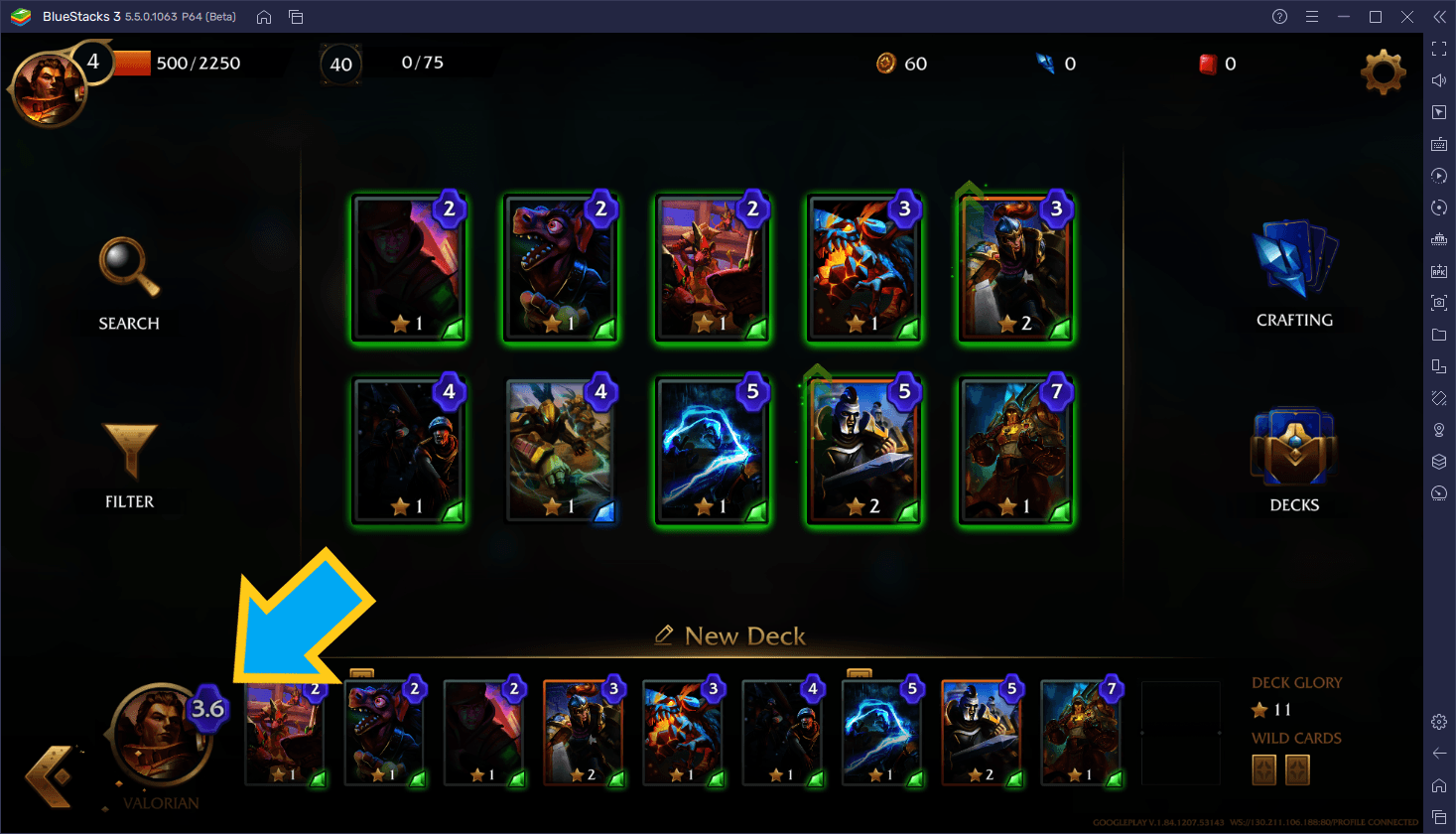
Regardless, as a general rule of thumb, you always want to keep your average mana cost at about 3,5. This will ensure that you can summon fodder units fairly frequently, but still have a few aces up your sleeve when it comes to bringing out the big guns.
Unit Targeting
One basic aspect that is usually disregarded by newcomers are the targets that your units can attack.
Averaging your mana costs to acceptable levels is one thing, but you must also ensure that the units you add to your deck are able to counter the many different types of enemies, including flying units, swarm cards, and bigger characters. There’s nothing worse than being in the middle of a match when your opponent suddenly summons a flying unit, only to find that you don’t have a single card that can attack aerial enemies.
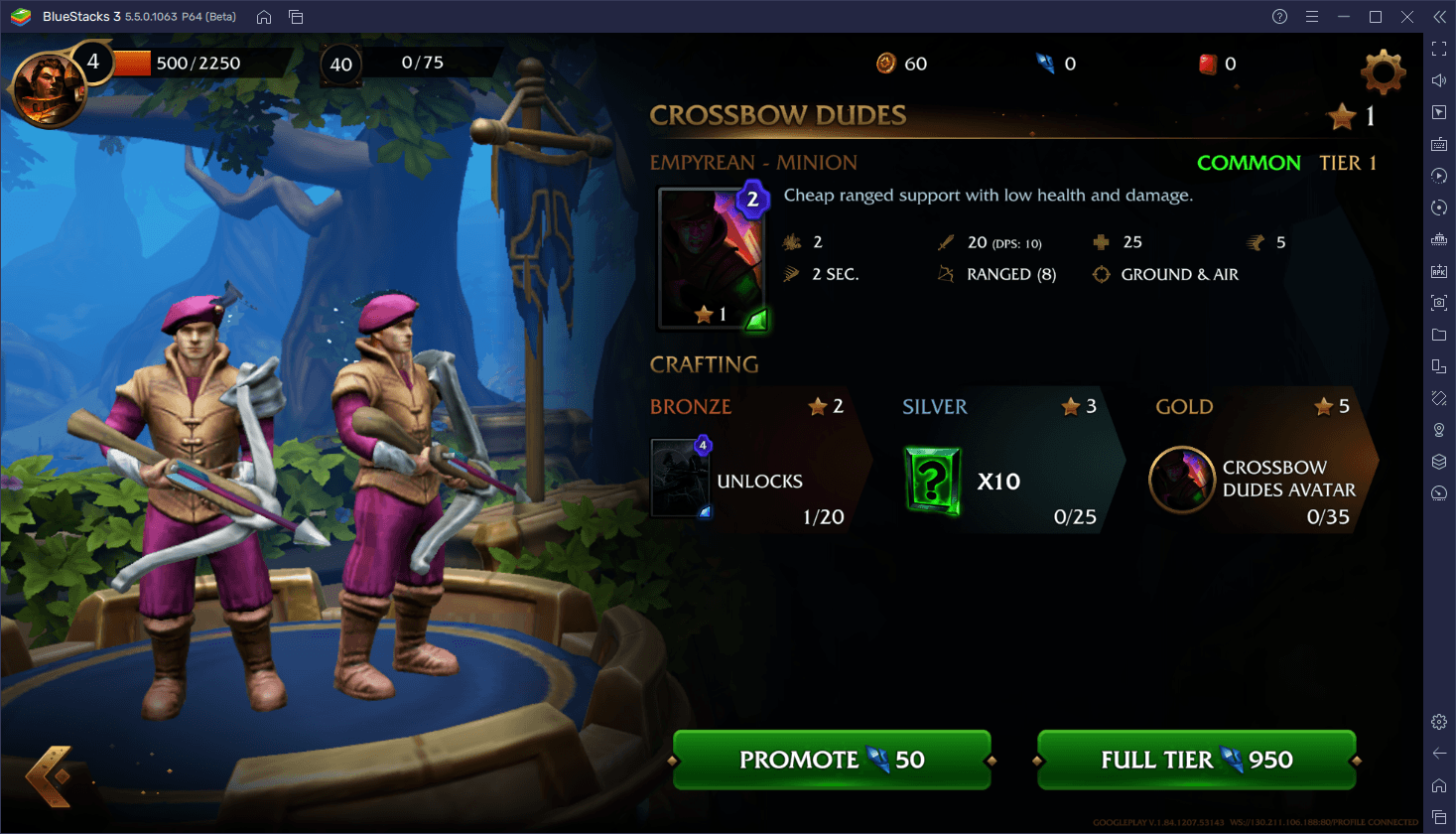
In the same vein, you must also have units that can counter swarms, such as those who can deal damage in an area, as well as units that can deal tons of damage with every single hit, which is great for countering big enemies.
Card Type Distribution
Though this is the aspect that might vary the most depending on your strategy and build, a good idea when it comes to choosing the unit/spell ratio is to have 8 units and 2 spells in your deck. Spells can be great, but they don’t win matches—it’s your units who will be pushing the enemy towers, capturing bridges, and doing all the heavy lifting, while your spells are more for support and for giving your main army an extra boost.
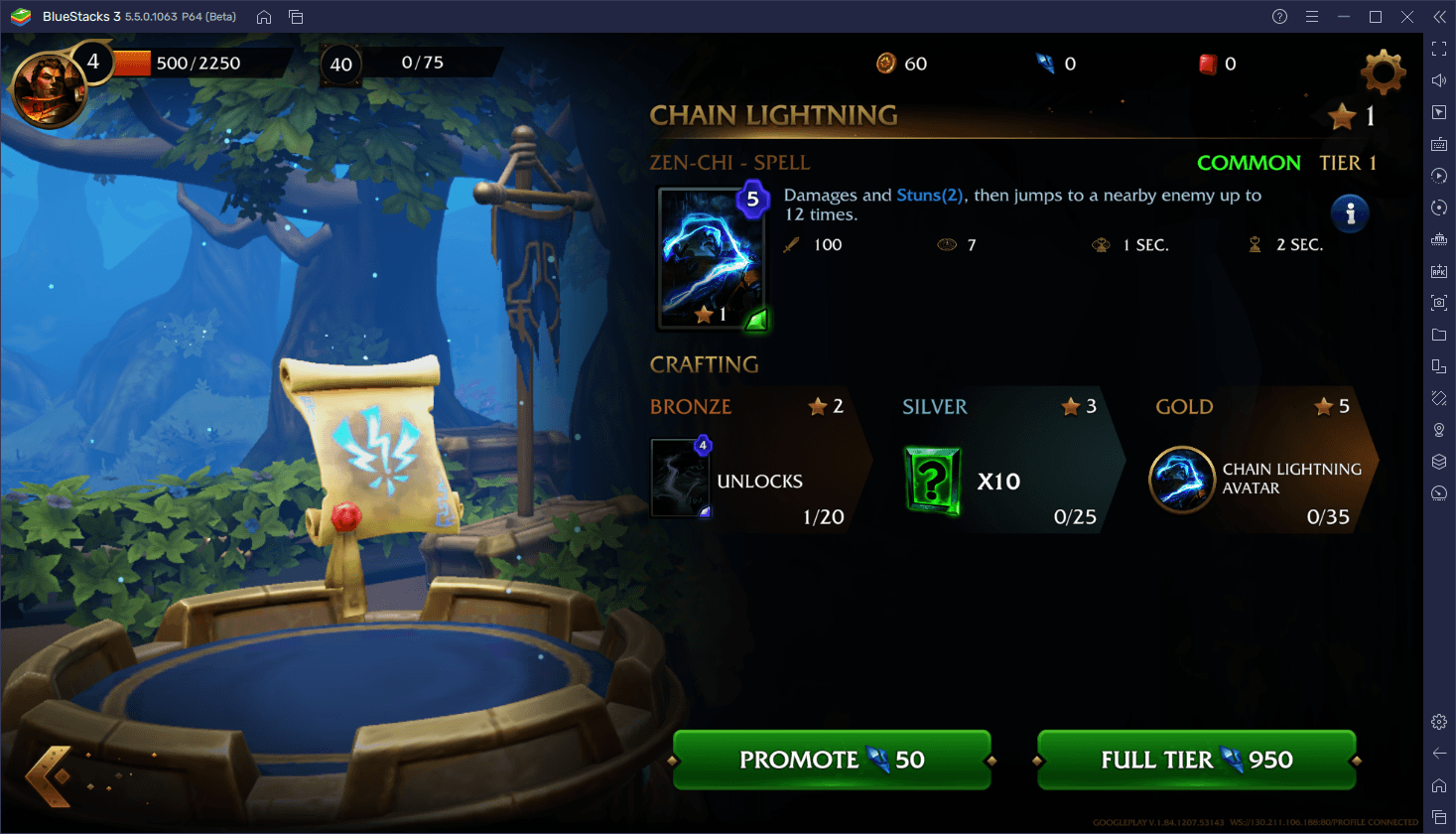
There are a few other aspects that you might need to consider later on, such as building around your selected Master, having specialized cards in your deck that you can use in specific situations to counter certain opponents, or having a certain strategy or win condition. However, these are more advanced aspects and aren’t as vital at the beginning than these basic elements. You have to crawl before you can walk, and then keep practicing until you can eventually run.

